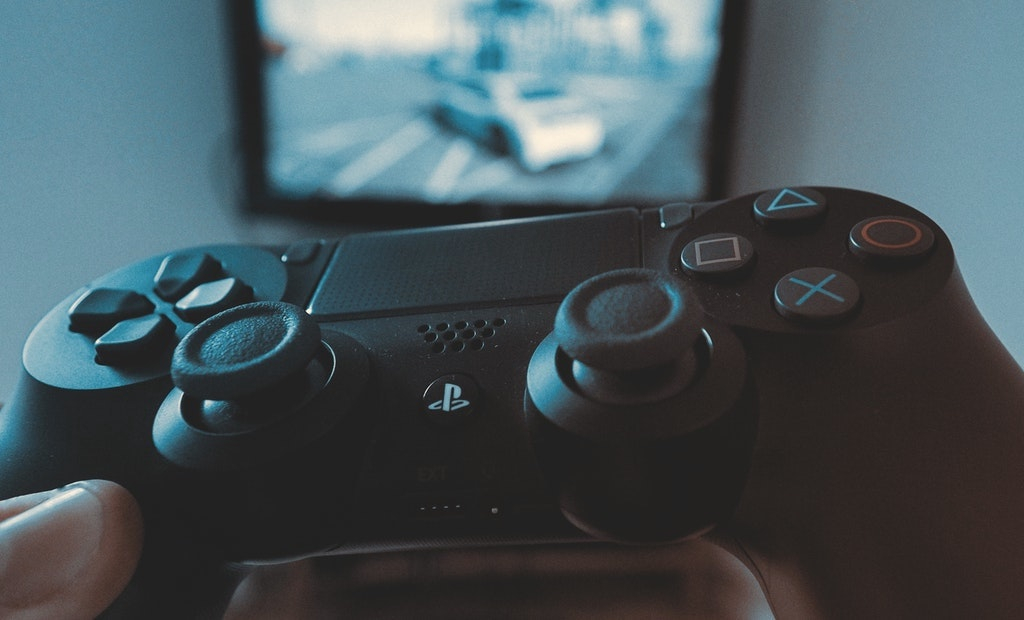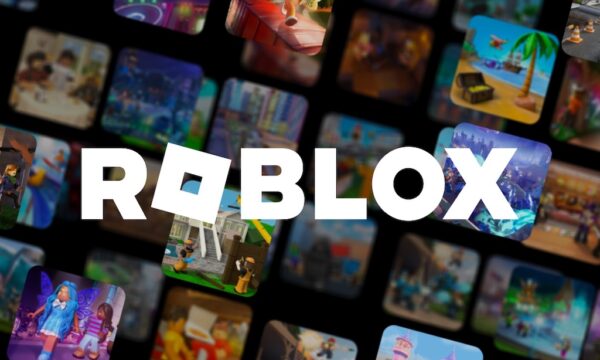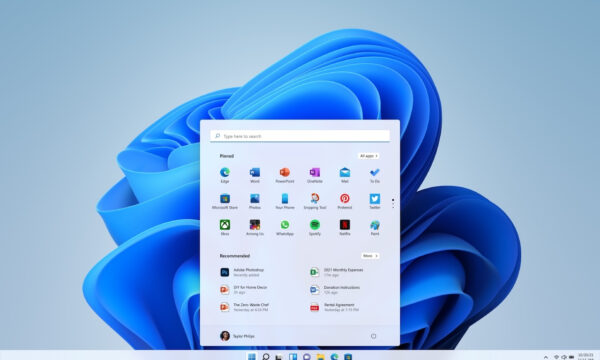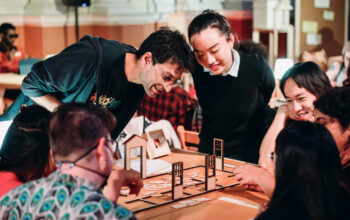Are female gamers levelling the playing field?

According to data commissioned by Google, the growth rate of female gamers in Asia is higher than that of their male counterparts. Given that the continent is considered the capital of gaming – making up 48% of global revenue – this is surely a huge step forward in the progression towards a less gendered (and notoriously sexist) industry. The study shows that in key areas such as India, China and Japan, women are bridging the gap and helping to grow the sector, with more inclusive storylines and better connectivity both likely contributing towards the rise.
But how far have we really come, and do the numbers reflect a changing attitude? In many ways, it seems we are only just at the beginning of the fight. For female gamers in Iran, the inequalities have become even more defined during the pandemic. While men are able to attend game centres to have access to better equipment women are having to sneak in if they want to use the latest computers, or otherwise make do with unreliable internet connections. For this reason, some female gamers have had to leave the country in order to progress their careers.
But it’s not just in conservative nations that female gamers face considerable barriers. All over the world, women are subjected to daily abuse online. At the end of last month over 70 female gamers came forward on social media channels to tell their stories of gender discrimination, harassment and sexual assault. Back in 2014, the Gamergate scandal put a spotlight on the dark side of the industry, with feminist activists receiving death threats for questioning the misogynistic nature of gaming. Six years later, the general response is perhaps more hopeful, with the head of a prominent talent management company for streamers resigning in the wake of the recent uprising on Twitter, YouTube, Twitch and Twitlonger.
On top of a more progressive attitude towards sexism in gaming, there also seems to be a positive evolution in terms of the representation of female characters. The Last of Us Part II, a painstakingly crafted apocalyptic RPG – the controversial sequel to its beloved 2013 predecessor – with heavy themes and a harrowing plot, features two female leads, one of whom doesn’t follow the classic “feminine” skinny hourglass physique. While the plot is undoubtedly traumatic, perhaps something can be gained from playing as the less conventional heroine. Or perhaps, as the rampant body-shaming of many online gamers attests, the gaming world isn’t ready for something so revolutionary as a realistic female body.
It clear that female gamers are levelling up, but whether they are levelling out the playing field is another matter entirely. There is still a long way to go before women can play online without fear of receiving some kind of sexist remark, or openly malicious threat. But strength in numbers might just be what is needed to convince the industry that they must clamp down on gender discrimination.
The editorial unit























Facebook
Twitter
Instagram
YouTube
RSS